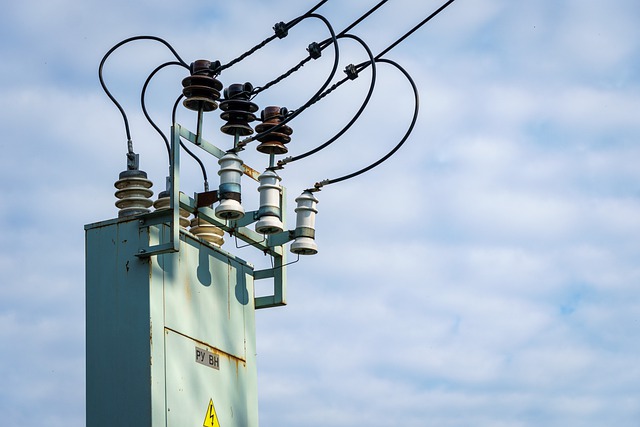Transformer insulation test is a very interesting topic. But, do everyone know about it? Let us do a simple discussion on the topic.
A transformer is a very well known device in the electrical world. It is impossible to find a person in this field who is not familiar to the transformer. No matter how much you do research on transformers, it will not suffice. Because there are many technical mysteries that you are not known about this device. Today I will discuss a very interesting topic. Many of us have heard that, we can do the insulation test of transformers. But there remains a desire in this sentence that the insulation of which material will be tested in transformer?
What is an transformer insulation test?

The bushing, oil utilized in transformers are insulators. Again, we know that over time, the insulation capacity of any insulator body starts to deteriorate due to rain, fog and much humidity. Therefore, during the annual commissioning of the substation, the insulation capacity of the oil, bushing material and the winding of the transformer are tested. Moreover, this test is also known as the “Tan Delta test”.
Is transformer insulation test applicable only for transformers?
Note that this test is not only applicable to transformers. This experiment is also in used in order to test the insulation capability of cables in different cable industries.
How is the insulation ability verified in the transformer insulation test?
We all know that an insulator body behaves like a capacitor when it is located between the conductive line and the ground. That means there will be a dielectric field. There is no resistive character. However, due to dust, fog, rain in the air for various reasons, the resistant properties may also be evident. So, this insulation test basically looks at the ratio of the capacitive and resistive character of the insulation body. If the resistive character is more dominant than the capacitive character, then it must be understood that the capacity of insulation is almost gone.
Briefly the steps of this test

- The high-voltage and low-voltage side power connection of the transformer should be turned off at the beginning.
- It is necessary to check the relative humidity of the air and the temperature of the environment.
- There should be a short line of each winding using copper jumpers at the corresponding bushing terminals. You must keep in mind that the jumpers should not be saggy.
- Then with the help of a meggar, winding/bushing/oil, insulating resistance must be measured. In this case, the application of DC voltage takes place which is supplied from the internal DC generator of the meggar.
Why use DC?
Because there is no effect of capacitive reactance on DC. So, it is possible to verify the pure resistive character.
There is a measurement of the capacitive reactance of the insulating medium by generating a low-frequency AC signal. After that, there is a comparison between capacitive reactance and insulating resistance. Now, if the capacitive character is dominant then the insulator is in good condition. Otherwise, it is on the way to becoming almost useless.
Note that the generation of a low-frequency signal takes place during capacitive reactive measurement.
The cause of Low-Frequency Signal Generation

We know, capacitive reactance Xc = 1/2πfC, that is, if the frequency is too high, the capacitive reactance will move closer to zero.
As a result, it will not be possible to get the value of the correct capacitive reactance. Instead, there is a possibility of a short circuit due to increase leakage current.
Precautions to take
- It is best not to do the Tan Delta test in the rainy season or winter. Because at this time the relative humidity of the air is high.
- Again, due to humidity, it is difficult to get the basic resistance and capacitive reaction lessons. If commissioning takes place in winter then the experiment can operate easily by removing the moisture from transformer bushing, winding. However, it is not possible to test the oil insulation in this case.
- At first, you should turn off the power connection on the high and low voltage side of the transformer before this test.
Check More Articles:



